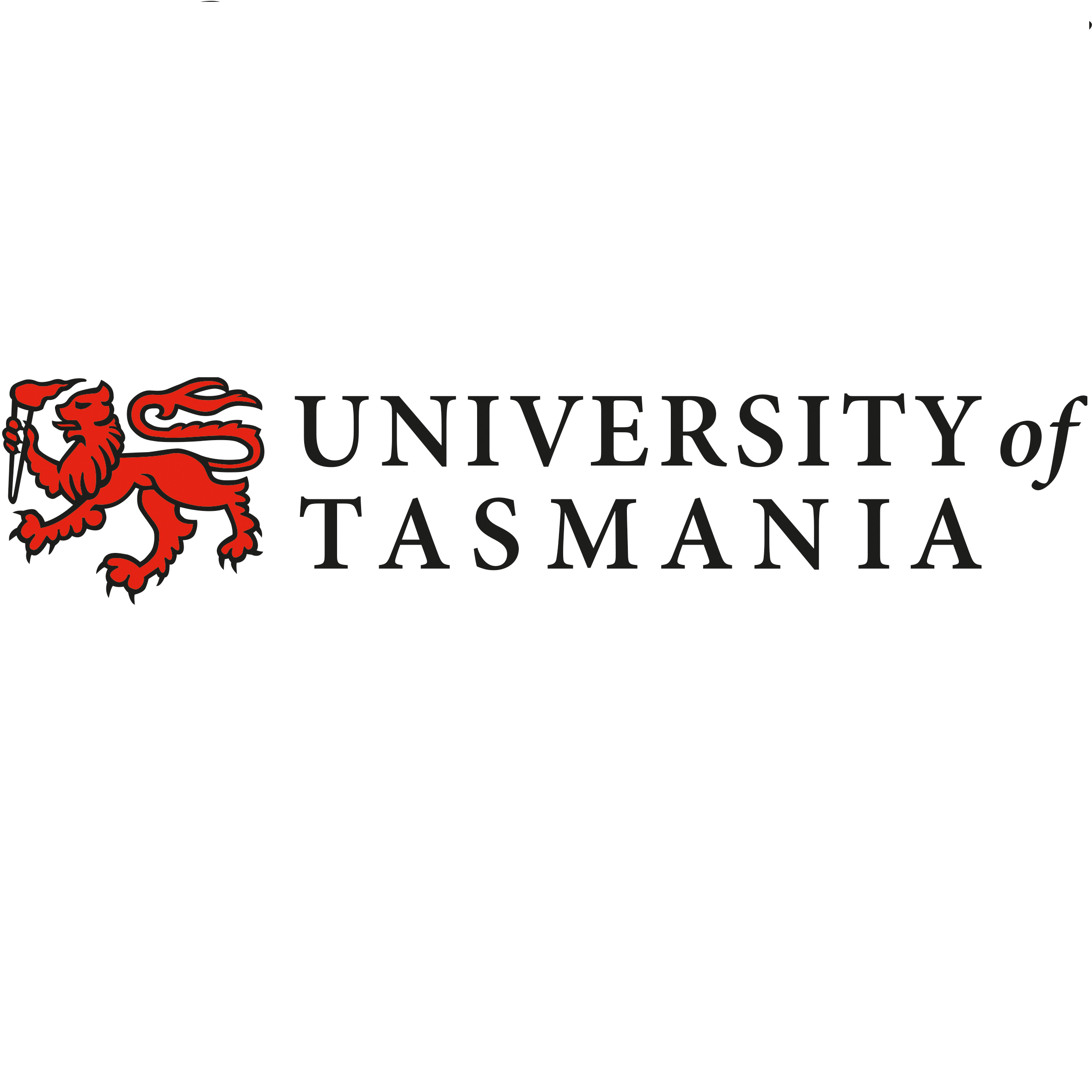Full description
Marine benthic habitat data for Tasmanian coastal waters from the LWM (Low water mark) to 40 metres in depth or 1.5 kms from shore.See 'Lineage' section of this record for full methodology and data dictionary.
This data is also available via the Seamap Australia National Benthic Habitat Layer - a nationally consolidated benthic habitat map.
https://metadata.imas.utas.edu.au/geonetwork/srv/eng/catalog.search#/metadata/4739e4b0-4dba-4ec5-b658-02c09f27ab9a
Lineage
Maintenance and Update Frequency: notPlannedData time period: 1999-01-01 to 2010-12-31
text: westlimit=144.50; southlimit=-44.00; eastlimit=148.50; northlimit=-39.50; projection=WGS 84 (EPSG:4326)
text: uplimit=40; downlimit=0
User Contributed Tags
Login to tag this record with meaningful keywords to make it easier to discover
DATA ACCESS - This OGC WFS service returns the data (Seamap Tasmania benthic habitats) in Shapefile format (SHAPE-ZIP)
(PUBLICATION - Mapping the gaps [PDF])
uri :
http://ecite.utas.edu.au/59920![]()
MAP - Seamap Tasmania benthic habitats (seamap:SeamapAus_TAS_SeamapTas)
uri :
https://geoserver.imas.utas.edu.au/geoserver/seamap/wms![]()
(View and download this data through the interactive Seamap Australia data portal.)
uri :
https://seamapaustralia.org/map/#96b9fd81-8076-4d7c-bc23-60e35d8ad24b![]()
global : 4739e4b0-4dba-4ec5-b658-02c09f27ab9a
- global : 7a6751e0-1ad5-11dc-9e36-00188b4c0af8


